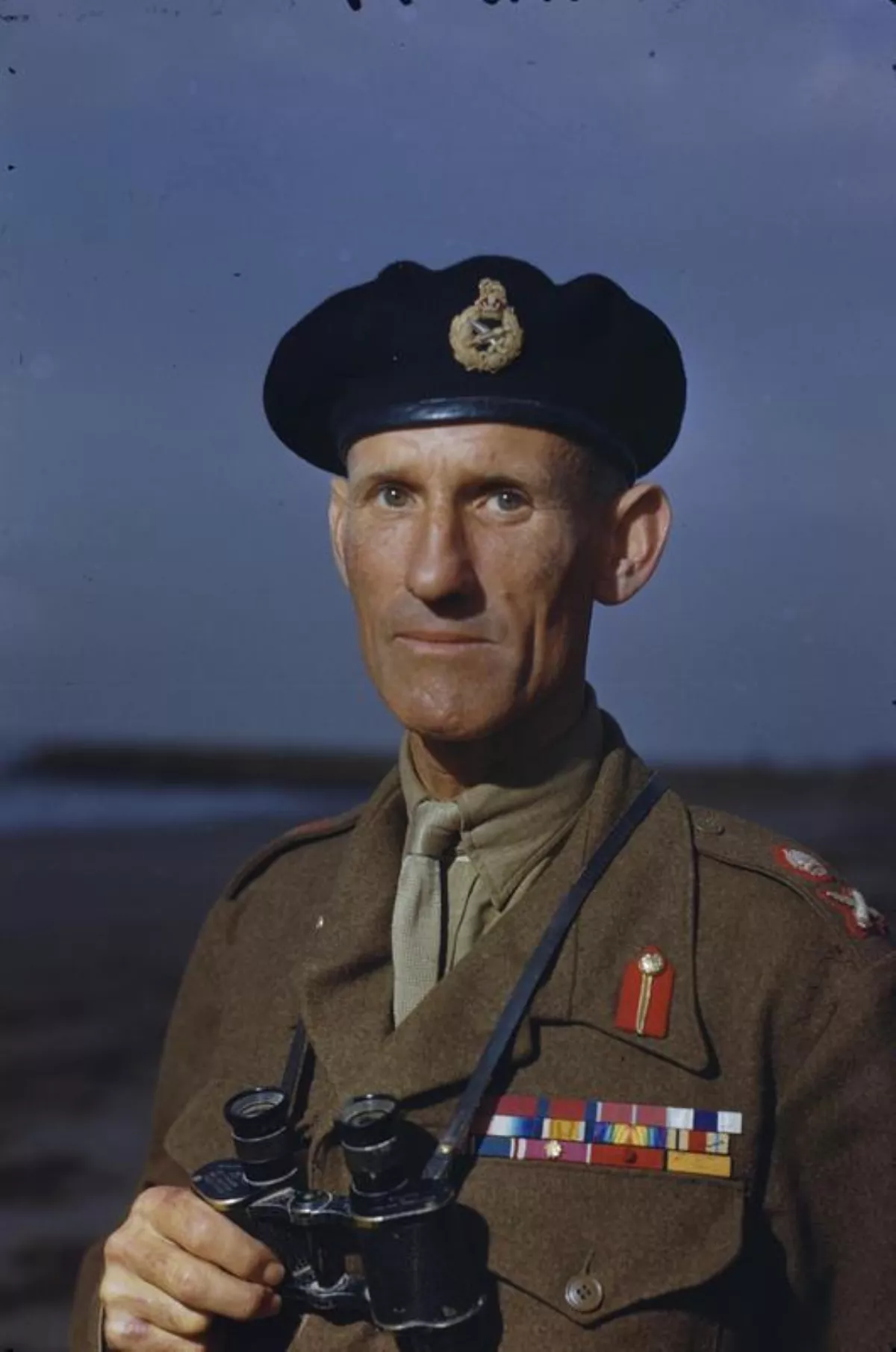 1.
1. Richard Loudon McCreery was born on 1 February 1898, the eldest son of Walter Adolph McCreery of Bilton Park, Rugby, a Swiss-born American who spent most of his life in England but who represented the United States at polo at the 1900 Summer Olympics.